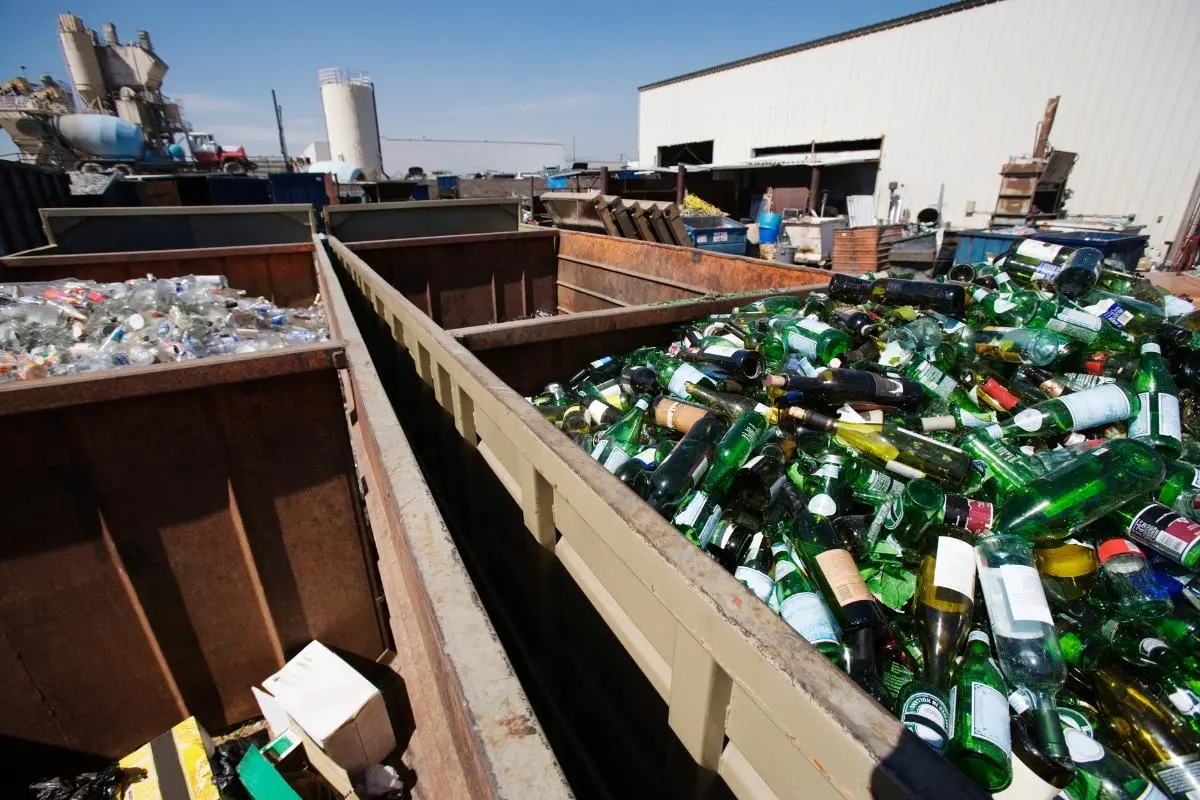The Benefits of Glass Recycling and How to Do It Properly
Recycling glass is not just about being environmentally friendly; it’s an essential practice that benefits both the planet and the economy. In this comprehensive guide, we will explore the numerous advantages of glass recycling and provide practical tips on how to do it properly.
Introduction to Glass Recycling
Glass is one of the most recyclable materials on the planet. Unlike plastics and other materials, glass can be recycled endlessly without loss in quality or purity. This unique property makes glass recycling particularly valuable, conserving resources, and reducing environmental impact.
Why Recycle Glass?
Recycling glass has several compelling benefits:
- Environmental Conservation: Every ton of recycled glass saves approximately 1.2 tons of raw materials needed to create new glass, including sand, soda ash, and limestone.
- Energy Savings: The energy required to melt recycled glass is considerably less than the energy required to melt raw materials to make new glass. This results in significant energy savings and lower carbon emissions.
- Reduced Landfill Waste: Glass in landfills does not decompose, contributing to permanent waste and potential environmental hazards. Recycling glass keeps it out of landfills and puts it back into the production cycle.
- Economic Benefits: Glass recycling supports the economy by creating jobs in recycling centers and supplying raw materials to the glass manufacturing industry at a lower cost.
How to Recycle Glass Properly
To ensure that glass recycling is effective, it’s essential to understand the correct process. Here’s a detailed step-by-step guide on how to recycle glass properly:
Knowing What Glass Can Be Recycled
Not all glass is created equal when it comes to recycling. Here are the types of glass commonly accepted in recycling programs:
- Bottles and Jars: These are the most commonly recycled glass items. Ensure they are clean and free from food waste.
- Beverage Containers: Glass containers for beverages like sodas, beers, and spirits are typically recyclable.
Preparing Glass for Recycling
Proper preparation of glass for recycling not only ensures safety but also the quality of the recycled material:
- Cleanliness: Rinse out any residues from bottles and jars. Contamination can disrupt the recycling process.
- Sorting: Separate glass by color—clear, green, and brown—as some recycling centers require this.
- Labels: While most recycling processes can handle labels, removing them can help improve the recycling process.
Glass Items to Avoid
Certain types of glass are not suitable for recycling due to their composition or contamination risk:
- Ceramics and Pyrex: These materials can withstand high temperatures and do not melt at the same rate as other glass, causing problems in the recycling process.
- Light Bulbs: Some light bulbs contain metals and chemicals, making them unsuitable for standard glass recycling.
- Mirrors and Windows: These often have coatings or treatments that make recycling challenging.
By adhering to these guidelines, you can contribute significantly to the efficient recycling of glass. In the following sections, we will delve deeper into the process of glass recycling, examining its impact on sustainability and providing further insights into how you can make a difference in your community. Stay tuned as we continue to explore the transformative benefits of this vital environmental effort.
The Impact of Glass Recycling on Sustainability
Recycling glass not only conserves natural resources and saves energy, but it also plays a significant role in reducing greenhouse gas emissions. Let’s examine these benefits more closely:
Conservation of Natural Resources
As previously mentioned, the recycling of glass drastically reduces the demand for raw materials. This preservation of sand and minerals helps to safeguard ecosystems and reduces the environmental strain caused by mining and extraction processes.
Reduction in Greenhouse Gases
The energy efficiency of using recycled glass lowers carbon emissions significantly. Manufacturing new glass from recycled materials can reduce energy usage by up to 30%. This reduction in energy demand directly correlates with a decrease in greenhouse gas emissions from power plants, contributing to cleaner air and a healthier planet.
Promoting Circular Economy
Glass recycling is a prime example of a circular economy, where materials are reused continuously. This system minimizes waste, reduces the need for new material production, and creates more sustainable consumer practices.
Advanced Tips for Effective Glass Recycling
To further enhance the effectiveness of your glass recycling efforts, consider these advanced tips:
Community Involvement
- Education: Spread awareness about the importance of recycling glass and how to do it properly. Educating your community through workshops or social media can lead to more effective recycling practices.
- Program Participation: Engage with local recycling programs to ensure they are optimized for glass collection and handling. Provide feedback to improve these systems.
Advocacy for Improved Infrastructure
- Drop-off Points: Advocate for more accessible glass recycling drop-off points in your community, especially in areas lacking curbside pickup.
- Modernization of Facilities: Support initiatives aimed at modernizing local recycling facilities to handle glass more efficiently, ensuring that fewer materials are rejected.
The Future of Glass Recycling
Looking ahead, the future of glass recycling is promising, with innovations and technologies enhancing its efficiency and impact. For instance, new sorting technologies are making it easier to separate glass by color and remove contaminants, which increases the quality of the recycled material.
Innovations to Watch
- AI and Automation: Advanced sorting systems using AI can identify and separate glass more accurately, reducing contamination and increasing the amount of recyclable glass.
- Eco-Friendly Glass Products: Research into glass products designed to be more environmentally friendly in production and easier to recycle could revolutionize the industry.
Conclusion: Taking Action
Glass recycling is a powerful tool in our environmental conservation arsenal. By understanding and participating in proper glass recycling practices, you can make a significant difference in your community and beyond. Remember, every bottle and jar you recycle contributes to a healthier planet. Together, we can create a more sustainable world for future generations.





